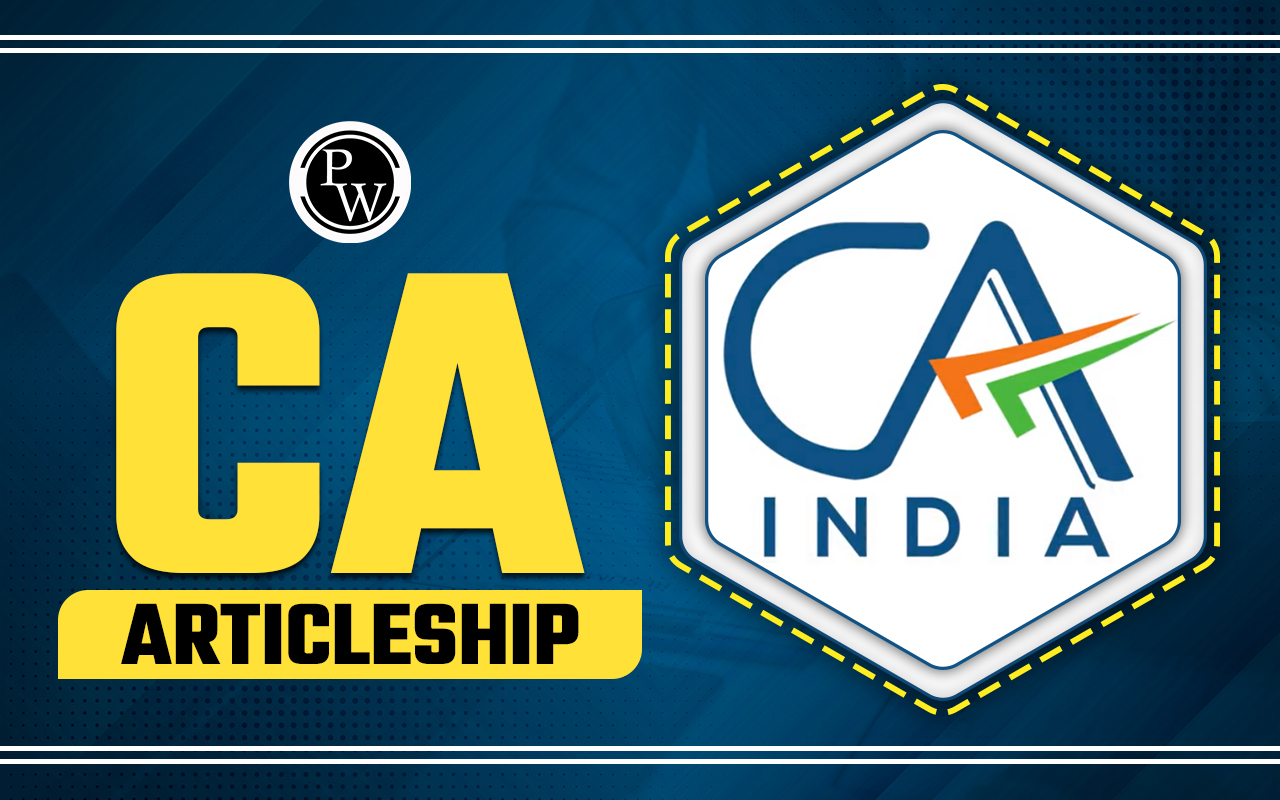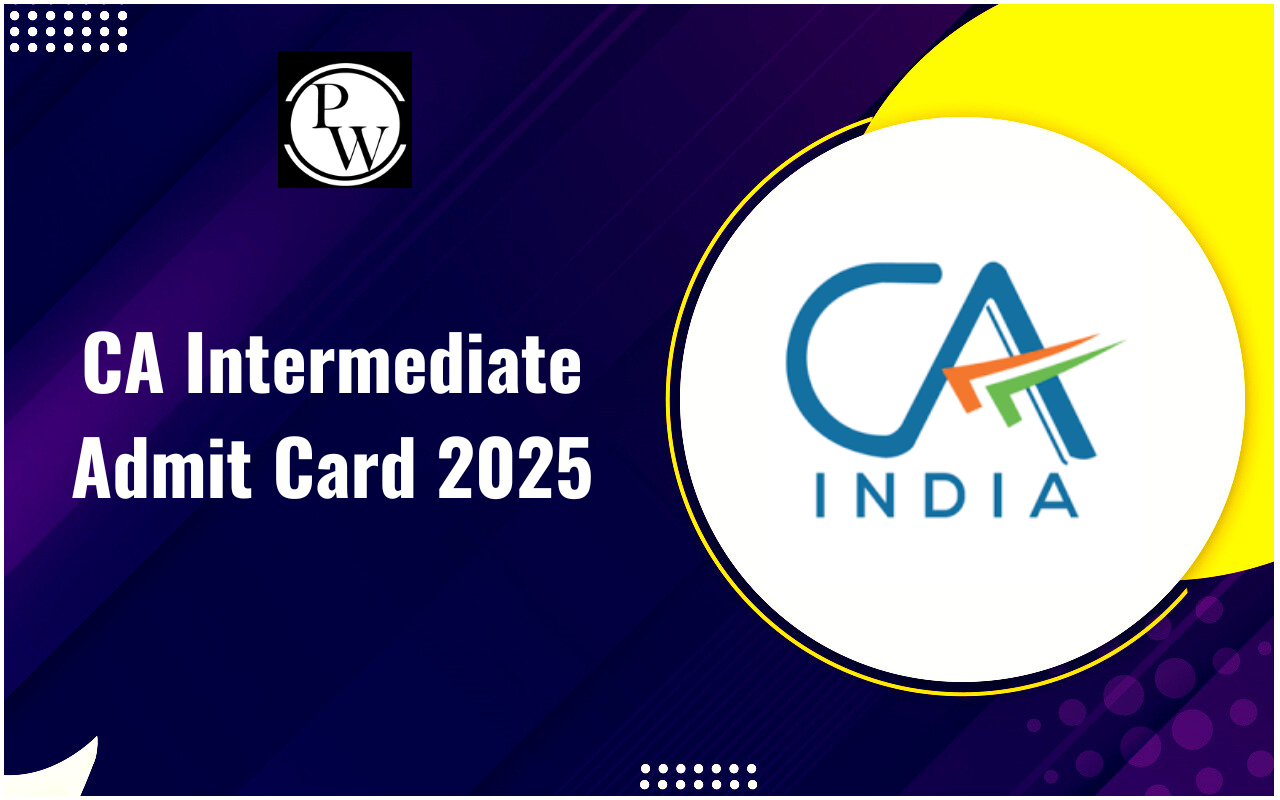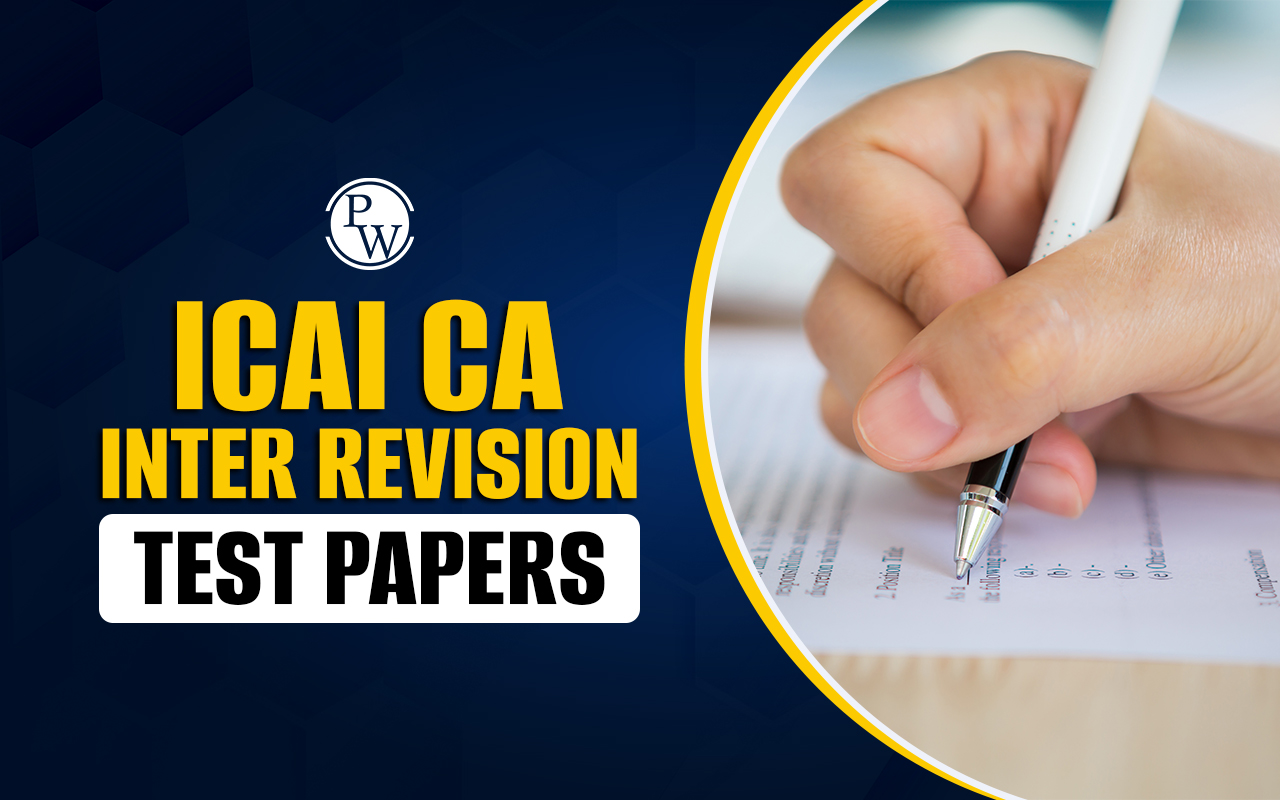
LLP Dissolution of Partnership is an important part of the new syllabus. It teaches how a partnership firm or a Limited Liability Partnership (LLP) comes to an end. The dissolution process involves stopping the business, settling liabilities, distributing assets, and preparing of partnerships’ final accounts. Students studying for CA Inter under the new syllabus must understand this topic well because it forms the basis of many practical problems and case studies in exams. Below, we’ve mentioned a complete explanation of dissolution, its types, causes, accounting entries, tribunal powers, insolvency, and piecemeal distribution of cash, all in simple language so that even a beginner can understand.
What Is Dissolution?
Dissolution means the ending or closure of a partnership or LLP. When partners or members decide to stop their business or the business can no longer continue, the firm or LLP is dissolved. It is important to understand that dissolution is not just about the partners going their separate ways, which involves closing the accounts, selling assets, paying debts, and finally distributing the remaining money among the partners or members.
In CA Inter, the study of LLP Dissolution CA Inter covers both the concept and accounting treatment of the dissolution process.
Types of Dissolution
The new syllabus for CA Inter clearly distinguishes these two types. While partners can dissolve their partnership and continue business, only the dissolution of the firm stops the business completely. Below, we’ve mentioned the types of dissolution:
Dissolution of Partnership: This happens when the relationship between the partners ends, but the business can continue with new partners.
Dissolution of Partnership Firm or LLP: This means the entire business firm ends, all accounts are closed, and the business stops.
Causes of Dissolution
According to the LLP dissolution ICAI rules and the Indian Partnership Act, businesses can dissolve due to several reasons. Below, we’ve mentioned some of the common causes for dissolution:
Expiry of the term: If the partnership was formed for a fixed time or a specific project, it dissolves once that period ends or the project is completed.
Mutual agreement of partners: When all partners agree to end the partnership, the firm is dissolved.
Death or insolvency of a partner: The firm may dissolve unless there is an agreement to continue.
Business becomes illegal: If the business activity becomes unlawful, the firm automatically dissolves.
Court order: A court may order dissolution in case of disputes, misconduct, or any circumstance making the business unfair or impossible to carry on.
LLP specific reasons: If an LLP fails to have the minimum required number of partners for over six months or cannot pay debts, the tribunal can order dissolution.
Accounting Entries in Dissolution
When dissolution takes place, proper accounting is necessary. The accounts must be closed. And all assets and liabilities should be transferred to a special account called the Realisation Account. LLP dissolution. Below, we’ve mentioned some Journal Entries in Dissolution:
| Accounting Entries in Dissolution | |
| Transaction | Journal Entry |
| Transfer of Assets |
Realisation A/c Dr. To Assets A/c |
| Transfer of Liabilities |
Liabilities A/c Dr. To Realisation A/c |
| Sale of Assets for Cash |
Cash/Bank A/c Dr. To Realisation A/c |
| Asset Taken by Partner |
Partner’s Capital A/c Dr. To Realisation A/c |
| Payment of Liabilities |
Realisation A/c Dr. To Cash/Bank A/c |
| Realisation Expenses Paid by Firm |
Realisation A/c Dr. To Cash/Bank A/c |
| Realisation Expenses Paid by Partner |
Realisation A/c Dr.
To Partner’s Capital A/c |
| Partner’s Loan Settlement |
Partner’s Loan A/c Dr. To Cash/Bank A/c |
| Profit on Realisation |
Realisation A/c Dr. To Partners’ Capital A/c |
| Loss on Realisation |
Partners’ Capital A/c Dr. To Realisation A/c |
Winding Up and Settlement of Accounts
When a business dissolves, its affairs must be settled. This process is called winding up. This process is central to LLP Dissolution CA Inter accounting and is done by preparing partnership final accounts, which mainly include the Realisation Account, Partners’ Capital Accounts, and Cash or Bank Account. This process involves:
- Selling all assets of the business.
- Paying off all the outsiders' debts, like creditors.
- Repaying loans or advances given by partners or members.
- Settling the capital accounts of partners or members.
- Distributing any remaining surplus in the agreed profit-sharing ratio.
Realisation Account
The Realisation Account is a temporary account used during dissolution to record the Sale of assets, Payment of liabilities, Expenses related to dissolution, Profits or losses on the realization of assets. Assets are transferred from their individual accounts to the Realisation Account at their book values. When assets are sold, the money received is recorded in the Realisation Account.
Similarly, liabilities owed to outsiders are transferred to the Realisation Account and paid off. Any expenses paid for the dissolution will also be debited from this account.
Insolvency of Partnership in LLP Dissolution
If a partner becomes insolvent (unable to pay debts) during dissolution, special rules apply. According to the Garner vs Murray case, which is discussed in the LLP Dissolution CA Inter and LLP dissolution ICAI syllabus:
- The normal loss on realization is shared by all partners, including the insolvent partner, in their profit ratio.
- But the loss due to insolvency (capital deficiency) is borne by the solvent partners only, in their capital ratio.
Note: If the firm has only two partners or all partners are insolvent, different rules apply.
LLP Dissolution by Tribunal
Sometimes dissolution is not voluntary but is ordered by a Tribunal. LLP dissolution ICAI notes highlight the following situations when a Tribunal may order winding up:
- The LLP has had fewer than two partners for more than six months.
- The LLP is unable to pay its debts.
- The LLP fails to file financial statements and annual returns for five consecutive years.
- The LLP acts against the sovereignty or integrity of India.
- It is just and equitable to dissolve the LLP.
Difference between Dissolution of Partnership and Dissolution of a Firm
Understanding the differences is crucial for CA Inter exams and is part of the LLP Dissolution CA Inter syllabus.
| Difference Between Dissolution of Partnership and Dissolution of a Firm | ||
| Basis | Dissolution of Partnership | Dissolution of Firm |
| Meaning | Ends the relationship between partners only | Ends the whole firm and business |
| Business Continuation | Business continues with new partners | Business stops completely |
| Court Intervention | Not required | The court can order dissolution |
| Treatment of Books | Books remain open | Books are closed |
| Realisation and Accounts | Revaluation Account prepared | Realisation Account prepared |
Piecemeal Distribution of Cash
Sometimes, assets are sold and cash is received in installments over time. In such cases, partners receive money in stages. Two main methods are used:
Maximum Loss Method: Ensures partners share the maximum possible loss at every stage.
Highest Relative Capital Method: Distribution is based on the relative size of partners' capital balances.
Premium Refund on Early Dissolution
If a partner pays a premium while joining with an agreement firm that will continue for a fixed term, but the firm dissolves earlier, that partner may claim a refund. Conditions for refund include:
- Firm dissolves before expiry of the agreed term.
- Refund based on the reasonable period left.
The Premium won’t be refunded if:
- The firm dissolves due to a partner’s death.
- Dissolution was caused mainly due to that partner’s misconduct.
- The agreement excludes a refund.
This topic is included under LLP Dissolution CA Inter in the new syllabus.
LLP Dissolution CA Inter is an essential topic under the new syllabus. It includes types and causes of dissolution, accounting entries, preparation of realisation account, insolvency rules, tribunal powers, and piecemeal distribution. It also highlights the difference between the dissolution of a partnership and the dissolution of a firm. Understanding this chapter is important for scoring well in exams. Students should practice sums from the LLP dissolution ICAI study material and partnership final accounts to gain confidence. By doing so, they can understand not just the theory but also the practical aspects of dissolution in a simple and systematic manner.
LLP Dissolution of Partnership FAQs
What is LLP Dissolution in CA Inter?
What are the main types of dissolution?
How are accounts settled in dissolution?
What if a partner is insolvent during dissolution?














